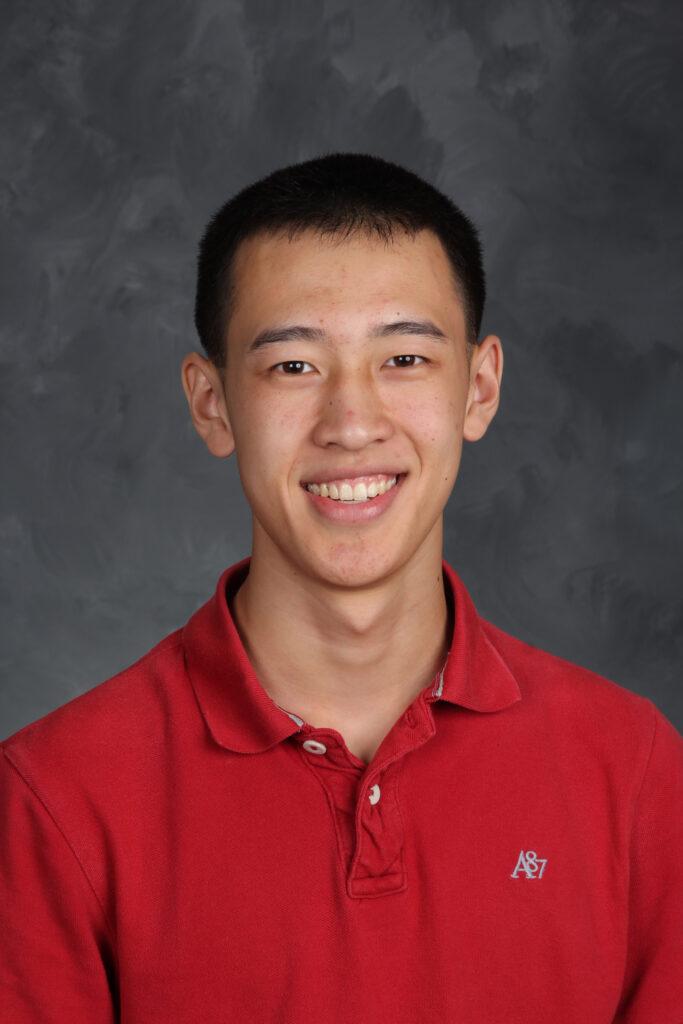The Siemens Foundation recently announced senior Hansen Qian as a regional finalist and seniors David Eng and Alissa Zhang as semifinalists in this year’s Siemens competition for math, science and technology.
The Siemens competition, administered by the College Board, is the nation’s leading original research competition for high school students. There were an unprecedented 2,436 students registered and 1,541 projects submitted in the 2011-12 competition. Of these, 30 individual students and 30 teams are chosen to compete in the regional finals.
Qian’s team project, titled “Investigating Gold and Palladium Nanoparticle Catalysts in Novel Nafion® Composites for PEM Fuel Cell Power Enhancement,” dealt with the improvement of power output of a polymer electrolyte membrane hydrogen fuel cell using gold and palladium nanoparticles as catalysts for the fuel cell reaction.
Qian did most of his experimentation over the course of a month last summer at GARCIA, a summer internship program in New York. He developed his project with a research group by expanding on the suggestions of his mentor Cheng Pan, a graduate student who worked on fuel cells and solar cells for his thesis.
“We knew we were testing what would happen if nanoparticles were placed inside the membrane, but we didn’t know how to accomplish it until we tried, so the topic evolved as we worked on it,” Qian said.
According to Qian, his project was loosely based on previous research and experimentation with nanoparticles on commercial polymer membranes. But Qian wanted to expand on these findings.
“We decided to see what would happen if those nanoparticles were placed inside the membrane,” Qian said.
The experimentation did not go completely smoothly at first. For more than a week, Qian and his group encountered difficulties as they kept making malformed membranes instead of pristine ones. To solve this issue, Qian and his group tried many different procedures and modified ideas based on extensive research from journals.
Qian worked for a total of about 500 hours on the experiment and invested even more time writing the report, condensing data and drawing conclusions.
The project advanced to compete in the Regional Finals for New York, held from Nov. 17-20 in Carnegie Mellon University. There he competed against four other projects for a chance to advance to the National Competition and $100,000 first-place scholarship. Although he did not win at the regional competition, Qian feels the experience was worthwhile.
“While the regional competition’s main goal may seem to be competing for the chance to become a national finalist, more emphasis was placed on the experience and interactions between the people there,” Qian said of the regional competition.
At the competition, the group presented its project to a panel of judges with a poster and 12 minute oral presentation. Following this was a question and answer session.
“I wasn’t expecting to do as well as I did, since I had serious doubts about my project when we first started out,” Qian said.
Qian’s team of three also received a $1,000 scholarship for being a regional finalist.
Semifinalist Eng based his research on his science fair project from last year. He studied the role of septins, intermediary G-proteins responsible for cytokinesis and membrane response, in the ability of a disease-causing fungus to invade the human host cell.
Zhang wrote a research paper on her project about developing techniques to monitor diabetes. Using Raman spectroscopy, a technique used to detect any molecule, Zhang tried to detect glucose molecules at low concentration levels in a solution.
























